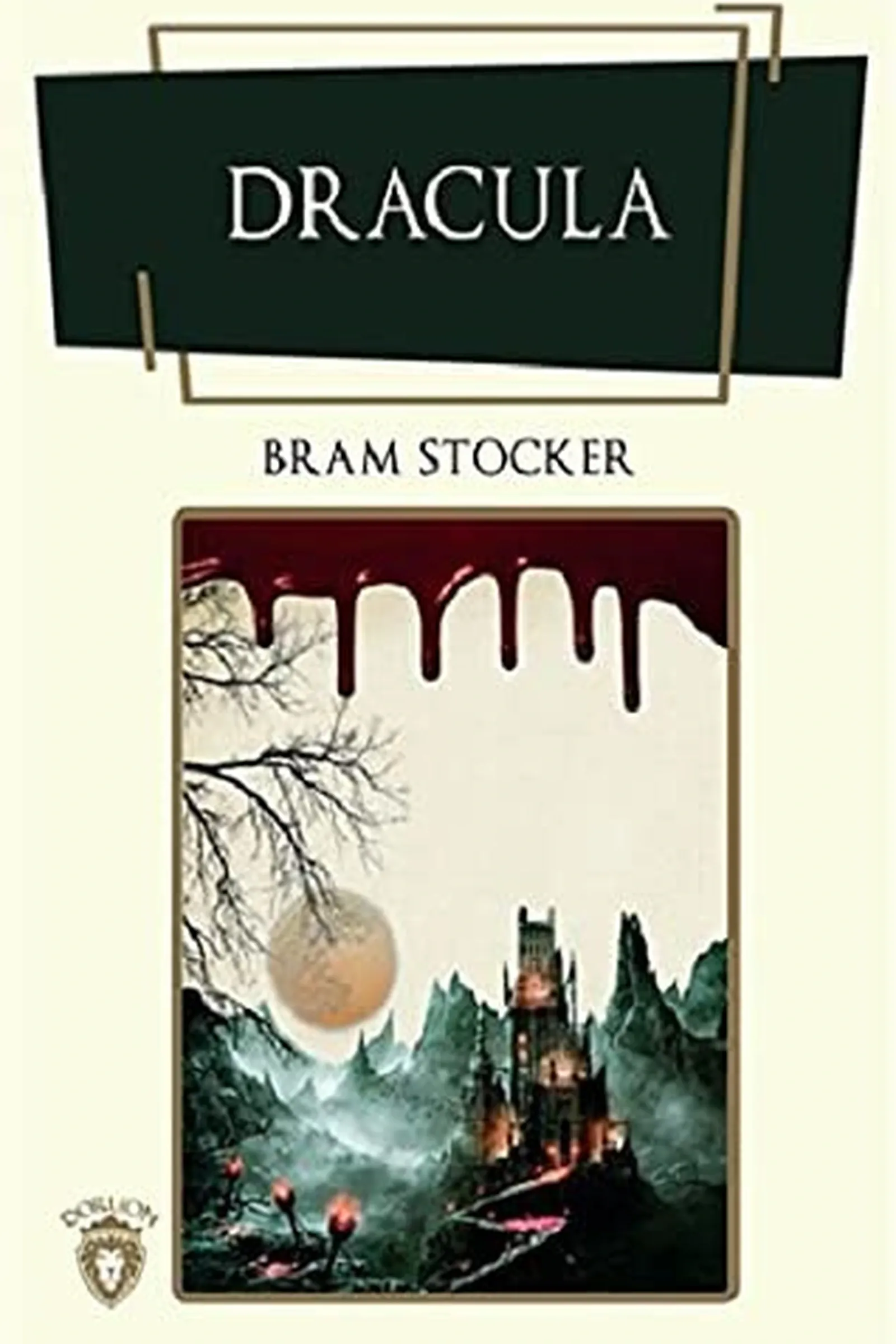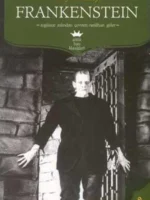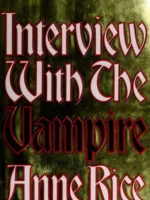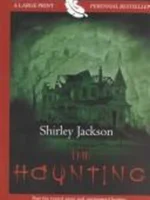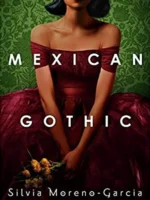Dracula, Bram Stoker, 1897
- Author: Bram Stoker
- Genre: Horror/Gothic
- Publisher: Penguin Classics
- Publication Year: 1897
- Pages: 418
- Format: Paperback
- Language: English
- ISBN: 978-0486411095
- Rating: 4,0 ★★★★☆
Dracula Review
Dracula by Bram Stoker is the Gothic novel that set the template for modern vampire fiction. Published in 1897, it blends folklore, science, and fear into a story about invasion and desire. For you, this book offers a surprisingly modern experience: typewriters and telegrams meet legends and crosses, and a tight group of friends learns how to fight a shape-shifting threat with evidence and courage.
Overview
The novel is epistolary: diaries, letters, ship logs, and medical notes tell the tale in shifting voices. You follow Jonathan Harker to a remote castle in Transylvania, then watch the danger cross the sea to England. The momentum builds through documents that contradict, confirm, and slowly align. You get atmosphere without bloat, suspense without cheap shocks, and a rule set for vampires that turns superstition into strategy.
Summary
Jonathan Harker travels to meet Count Dracula for a property deal and realizes he is a captive. His escape is narrow. Back in England, Mina Murray and Lucy Westenra try to understand Lucy’s mysterious illness while Dr. John Seward records his cases and doubts. Professor Van Helsing joins the circle and treats the crisis with both science and folklore. The group confronts Lucy’s fate and accepts a frightening diagnosis. Mina gathers and types everyone’s records so the facts can guide the hunt. By tracing shipments of earth and reading the trail of ships and asylum notes, they close off the Count’s safe places. The final pursuit returns to the Carpathians, where planning and grit matter more than miracles. The ending feels earned: it is a victory with cost, not a trick.
Author
Bram Stoker wrote with a theater manager’s eye for pacing and a researcher’s love of detail. His style is clear and direct when it needs to be, then lyrical when the scene demands mood. You benefit from his control of voice: each narrator sounds distinct, which keeps the documents lively and the mystery grounded.
Key Themes
You will meet modernity versus myth: blood transfusions, phonographs, and typewriters working alongside garlic and crucifixes. You will see invasion and contagion as social fears turned into story. You will find questions about desire and consent that still feel current. You will notice how friendship and shared work turn fear into a plan.
Strengths and Weaknesses
The strengths are atmosphere, structure, and momentum: the document format creates both realism and tension, and Mina’s coordination gives the book a steady heart. The weaknesses are occasional repetition in the middle sections and some Victorian attitudes that read as dated. Overall, you get a classic that moves faster and thinks sharper than its reputation suggests.
Target Audience
This novel suits readers who enjoy Gothic mood, collaborative detective work, and lore that plays fair with rules. It works for horror fans who prefer dread over splatter and for book clubs that like to discuss ethics, evidence, and how groups handle crisis.
Favorite Quotes
Short lines stand out: the strength of the group, the clarity of rules, the calm voice before a storm. They make it easy to recall how the novel treats fear as a problem to solve rather than a reason to panic.
Takeaways
For you, the main takeaway is that monsters are beaten by coordination, not bravado. Keep records, share knowledge, test the rules, and act together. Dracula reads like an early manual on crisis response wrapped in a haunting travelogue. You finish with chills and a practical respect for teamwork.
| pa_author | Kurt Vonnegut |
|---|---|
| ISBN | 978-3-623-50784-8 |
| pa_year | 1984 |
| Pages | 471 |
| Language | English |
